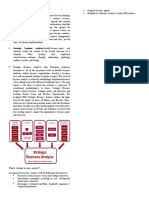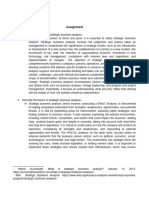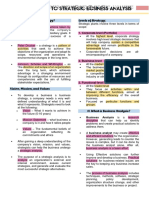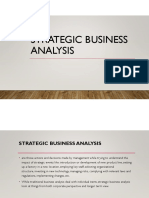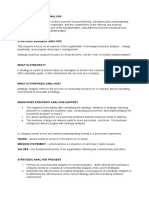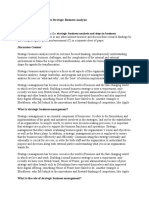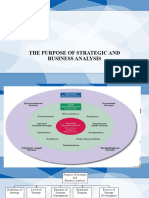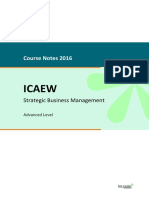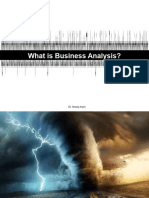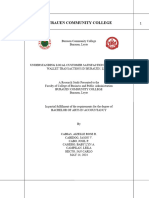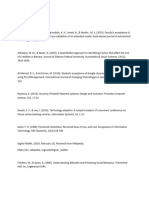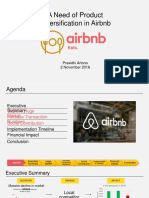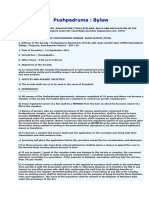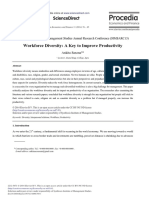0% found this document useful (0 votes)
43 views18 pagesModule 1
This module provides an overview of strategic business analysis, including defining it as the evaluation of all facets of enterprise operations starting from basic principles of economics, human resources, production, marketing, and finance. It helps identify opportunities and threats to guide decision-making and communicate direction. The analysis specifies critical competitive factors and emphasizes priorities to achieve goals given the environment.
Uploaded by
Jason CabidogCopyright
© © All Rights Reserved
We take content rights seriously. If you suspect this is your content, claim it here.
Available Formats
Download as DOCX, PDF, TXT or read online on Scribd
0% found this document useful (0 votes)
43 views18 pagesModule 1
This module provides an overview of strategic business analysis, including defining it as the evaluation of all facets of enterprise operations starting from basic principles of economics, human resources, production, marketing, and finance. It helps identify opportunities and threats to guide decision-making and communicate direction. The analysis specifies critical competitive factors and emphasizes priorities to achieve goals given the environment.
Uploaded by
Jason CabidogCopyright
© © All Rights Reserved
We take content rights seriously. If you suspect this is your content, claim it here.
Available Formats
Download as DOCX, PDF, TXT or read online on Scribd
/ 18



